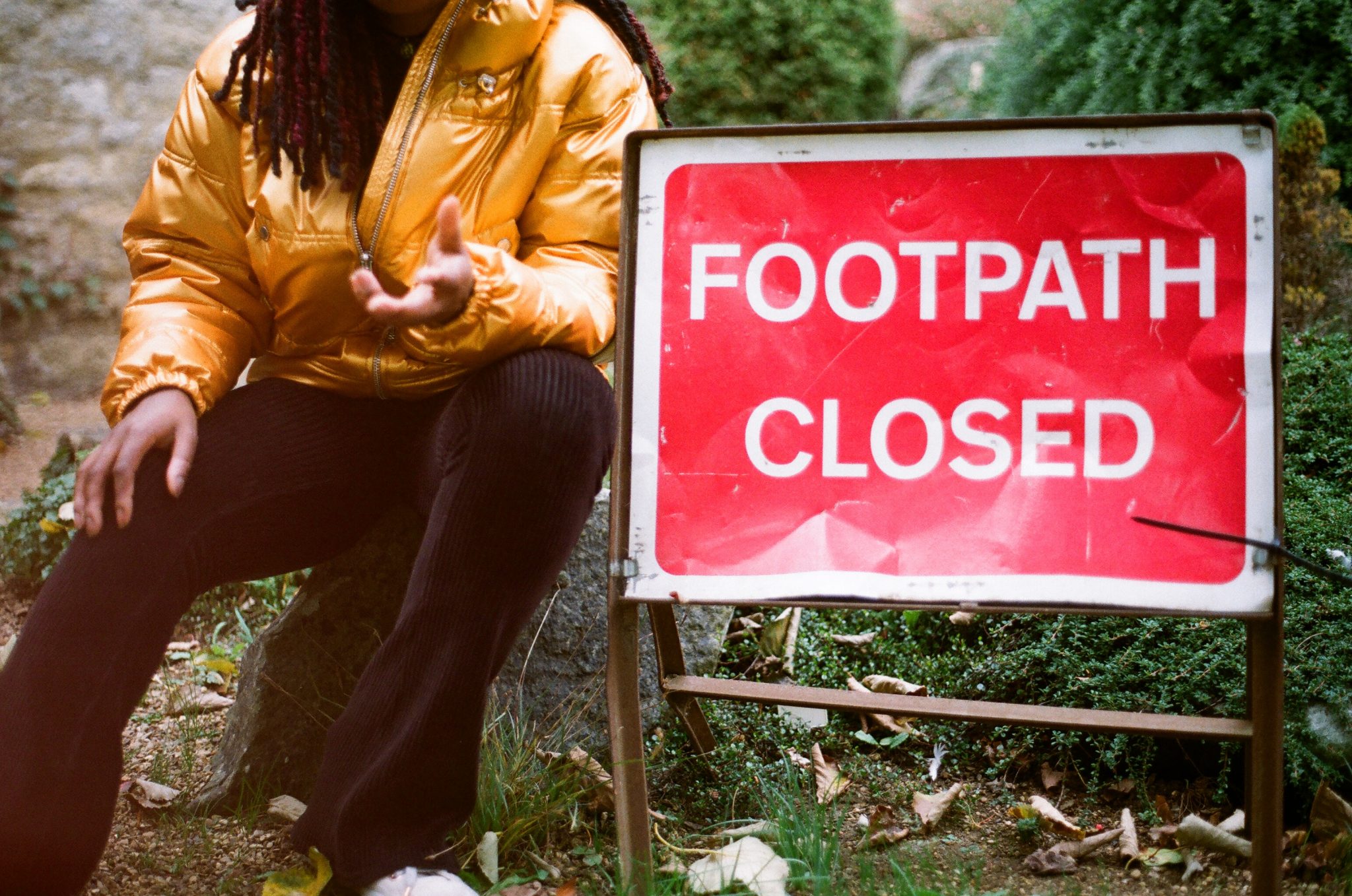CW: This article contains descriptions of self harm, violence, and mental health.
A national crisis escalates in the background, involving over 80,000 Brits: an epidemic of violence, drug abuse, disease, and mental health problems. Our prisons are at breaking point. Last year, there were a record 31,025 assaults, and 46,859 incidents of self-harm among inmates. Recent inspections have been damning, with 80 out of the 118 prisons examined providing insufficient or poor standards in at least one area, and only 7% of prisons receiving a ‘good’ rating across the board.
In January, HMP Liverpool made headlines with the “worst conditions inspectors have ever seen”, with damp, unfurnished cells, flooded toilets, piles of rubbish, broken windows, and infestations of rats and cockroaches. In August, HMP Birmingham, the first publicly-run prison to be privatised, was renationalised after just seven years. Private contractor G4S was found to have failed at preventing the “dramatic deterioration” into disorder and drug abuse.
For politicians, being seen as tough on crime is always popular. This has led to longer sentences, and now the highest incarceration rate in Western Europe, with the prison population doubling from 1993-2011.
England has repeatedly disobeyed the European Convention on Human Rights in relation to our prisoners. David Cameron’s government cut 7,000 prison officers, and the Ministry of Justice is the department most acutely hit by austerity measures, on course to have had a budget cut of over 40% from 2010-2020.
Prisons minister Rory Stewart recently claimed that he would resign after a year if he had not reduced violence and drug use. This sounds like a bold claim, but he’s aiming to do this only in ten selected prisons. His fifth role in four years, remaining in the undesirable position of prisons minister for twelve months would get him kudos from his party anyway. A known future Tory leadership hopeful, he’s been fast-tracking up the political ladder. However, the scale of these problems is vast, and very unlikely to be fixable in a year.
I spoke to Kyle, a prison officer. Kyle’s prison differs from those that most often make the news such as Birmingham and Liverpool, as it’s 20th rather than 19th century, and ‘Category C’ rather than ‘B’. C and B hold similar levels of offender, but B is more escape-proof. There are more ‘Cat C’ prisons like Kyle’s than any of the other categories in England and Wales.
I was interested to find out if the ‘typical’ prison experience differed drastically to the sensationalist scare-stories from the Victorian Cat Bs. Are Liverpool and Birmingham isolated cases of prisons that just need to be closed, or are the problems more systemic?
“Cat Bs are worse but it’s still a loud, chaotic, horrible place to live. Intimidation and violence are just everyday occurrences here.”
The officers don’t see a lot of the violence between inmates as it happens in cells behind closed doors. This is made worse for Kyle as the CCTV in one part of his wing has been scratched over.
“It’s been like that for a number of months and not been fixed. By and large no officers are in that area and so that’s where all the really rough guys are. I’ll approach and the first thing I hear is ‘WOOP WOOP!’ and everyone’s obviously stopped what they’re doing… there’ll be someone getting their jaw broken…people smoking, which is illegal in prison now. If I’m on my own, anything can happen there. I had a prisoner come up behind me the other day when I was there and sing, ‘Oh Kyle, Kyle, you think you’re safe at work, but you’re not…’”
And he probably isn’t. Every year papers report that the number of assaults on staff has reached record highs. According to The Express in April, one officer is assaulted every hour.
“Just this week one of the officers on my wing was punched twice, bleeding out of his face. A few weeks ago, a female officer in another wing got her eye split open with a flask. I know the job’s a ticking time bomb with me getting assaulted.”
Nevertheless, Kyle warns to be cautious with statistics in the papers. He carefully notes that in a number of cases: “Most of those numbers are probably minor, like a push. People get spat on a lot, that’s fairly common.”
Sure enough, in the full House of Commons briefing paper on prison statistics, only 864 out of 8429 assaults are classed as ‘serious’. But statistics can be conservative too. The same paper reports that drug use has halved from 18% of inmates in 1998/99 to 9% in 2016/17, but Kyle is suspicious.
“It’s got to be higher than that. A clean test result doesn’t always mean they’re clean. People hide piss that belongs to someone else and then they’ll use that in the test.”
Nine percent of inmates having drugs in their system on one particular day is also not an indicator of how many use drugs overall. Lots of ‘legal highs’ and synthetic cannabinoids are also difficult to detect. The paper misleads in not distinguishing between these and cannabis.
Cannabis is listed as the most frequently detected drug, although the most common drug in prison is almost certainly ‘spice’, which Kyle says is “not really anything like weed at all”.
“Occasionally you smell cannabis, but it’s nothing compared to spice,” he said. “People are genuinely addicted to it. They can’t stop smoking it but it’s so bad for them. When they’ve smoked too much, the prisoners call it ‘going over’. You have to call healthcare. There’s sick everywhere, and people become stuck doing repeat actions. I saw someone the other day trying to hang up the phone but the phone was just dangling below. “He wasn’t even conscious. People get carried back to their cell. It’s fucked up. I guess it’s just a cheap escape from prison.”
Rory Stewart has rightly linked the increase in violence and self-harm in prisons to the growing abundance of spice. He stated in February that he is “confident that we can do more to tackle the issue of drugs in our prisons”.
His methods? “We have invested heavily in technology and sniffer dogs to help improve detection. I am examining different models of body-scanner, increasing searching and fixing the prison windows, which are clearly a key entry point for drugs that are being transported by drones.”
In Cat C prisons such as Kyle’s however, drones and bodily smuggling aren’t even necessary: “It’s crazy. In a large amount of the areas the prisoners are in there’s only one fence, so anything that gets chucked over will land right in the prison.”
While Kyle says the vast majority of contraband is literally thrown in this way, there have been cases of corrupt staff: “There was one guy that turned out to have been bringing drugs in and smoking crack with prisoners. Apart from that I’m sure people bring in phones and tobacco all the time.
“There are so many drugs, phones, and contraband in the prison that it’s almost futile sometimes… someone will do a search and be like ‘we got a phone!’ and it’s like ‘great, but how many more are there’, you know? It’s not solved anything at all…”
Mobiles are important contraband for several reasons. Without them, prisoners in Kyle’s prison have to queue at a shared phone in the wing, for which they have a pin account that gives them access to a limited set of approved contacts: “You can’t just pick up the phone and dial any number, because obviously loads of them have restraining orders”.
Mobiles, then, give people the comfort of Skyping their relatives every night in their cell if they so wish, for example. It also gives prisoners unrestricted research capabilities: when a new guy enters the prison, others will have already Googled what he was convicted of, even where he’s from, and where his family live.
There are also official restrictions on how much money prisoners can spend per week. So to pay for drugs without a mobile, prisoners have to call one of their approved contacts and ask them to transfer money on their behalf from another account to whoever they’re paying. With a mobile, this clearly becomes easier. In prisons where drones are used in the way that Stewart mentioned, they’re controlled via a mobile app.
The result is that “in Cat C you spend all your time fucked up. If you play your cards right, you could be a raging heroin addict and people might not even notice because there are so many worse off people literally walking around the landings like zombies. That’s what spice is like. People smoke in their cells, and staff numbers don’t allow us to go around opening the doors of cell after cell looking in. You can just smell it all the time, just smoke.”
Spice can trigger a kind of acute psychosis nicknamed ‘spiceophrenia’ due to its similarities to schizophrenia symptoms. “I’ve seen people so mentally ill you can hardly comprehend what they’re thinking. Personality disorders are a big thing.” It can also trigger violent episodes.
All of this is accentuated by the prison environment: “I can’t think of a more paranoid place in existence than prison. Once I was on the landing and asked ‘Did one of you just say my name?’ and they were like ‘Oh look, it’s starting to happen to you as well’…Paranoia is huge there.”
There is an increasing awareness of the scale of mental health issues among offenders. The Criminal Justice Alliance estimates that 21,000 people suffering from mental illness are imprisoned; a quarter of the current prison population, while there are only 3600 beds reserved for patients with mental-health issues.
Kyle says that the mental health professionals in his prison are “overworked”, elaborating: “Certain prisoners use their time too much, and there are so many prisoners with mental health issues that are just ignored because they don’t speak up about it. There are certainly prisoners that should be in a psychiatric hospital, but are just left.”
Lots of these prisoners are on Imprisonment for Public Protection, or ‘IPP’ sentences. These were introduced by the Blair government to effectively give offenders extra prison time despite their crimes not warranting life sentences.
It gives them an indefinite sentence until they demonstrate improvement by meeting various conditions, conditions that are very hard for spice-users to meet.
“There are so many examples just in my prison alone where guys have been in there for maybe eight to ten years over tariff with no real hope of getting out. After that long in jail, you really can’t progress.”
Recent recruitment drives to compensate the coalition cuts have meant that staff are inexperienced, many having worked in the service for less than a year.
“You realise that everyone’s just winging it. There’s so little communication, not just between officers and the managers but between us and other departments. If a prisoner flips out in healthcare for instance, they’ll deal with it in a way where they just shut them out, often without meds. We end up having to escort them back to resolve it.
“Meds get stopped all the time. I’m always hearing ‘My meds have stopped and I need them to concentrate!’ Some do sell their meds, but obviously the point of putting someone on a methadone script is to eventually get them off methadone. Someone had their ADHD meds stopped the other day and that caused a scene.”
With nearly four thousand cases of self-harm in prison per month, an urgent review of policies is needed. Kyle tells me that fresh razors are given out regularly to offenders.
This even included an individual who regularly self-harms “with long hair and a big scruffy beard, who clearly doesn’t shave. He regularly said his goal is to die in prison by cutting himself. We had no reason to think he’s going to do anything but slice his skin with those razors.” But when officers tried refraining from giving him a razor, “he got angry, shouted at us, walked away, and ten minutes later he comes down gushing blood. He’d cut up because of it and blamed us.”
Kyle explains that some prisoners also use self-harm as a form of protest. “A really common thing is something like a gift will be sent in for the prisoner, and that has to go through our reception, because a lot of the time there’ll be contraband in the parcel. That takes time, arguably too much time. The prisoners want their stuff and feel like they’re being ignored. They’ll say ‘well I’m going to cut up then’ and slice themselves good and proper. Nine times out of ten, later that day they’ll have their Xbox or whatever because someone will process it due to that.
“I heard about a riot in one prison that happened because the prison service ran out of fans to give prisoners for their cells. As soon as they began to riot they had Argos vans pulling up with hundreds of fans. Bad behaviour gets good results in prison. Cutting yourself absolutely does get you what you want.”
Even before they get to prison, offenders are disproportionately likely to suffer from mental health issues or drug abuse. For these people, Kyle says “I can’t think of a worse place for them than prison. It’s easier to get drugs in prison than it is on the street, and the prison environment is in no way helpful to mental illness.
“I’m thinking of one prisoner on my wing who’s a prolific self-harmer. His face is mutilated, his body all scarred up. He just cuts and cuts and cuts. He’s IPP, over tariff. But if you go on his case notes you can see that when he came in he was a fresh faced, young, good-looking chap. You can click back over the years and see the demise of a man in his mugshots, because they get out of date every year or so. I think the only reason he hasn’t killed himself is that he’s got family on the out that he cares about enough to stay alive, but certainly his life is prison. His sentence has completely defiled him.”
A parliamentary justice committee has been investigating the prison crisis. Its Conservative chairman, Bob Neill, said earlier this year that “We really need to have a serious conversation about what we use prison for. Society has to think about that. “How much of our prisons now are just warehousing for people with mental health and other issues?” More needs fixing than broken windows. It is time to think about serious, systematic prison reform: a non-partisan issue, and one that urgently needs addressing.
Some names in this article have been changed.
If you have been affected by the issues raised in this article, please contact the Samaritans on 01865 722122





























 Sign up to the OUDS Newsletter at
Sign up to the OUDS Newsletter at